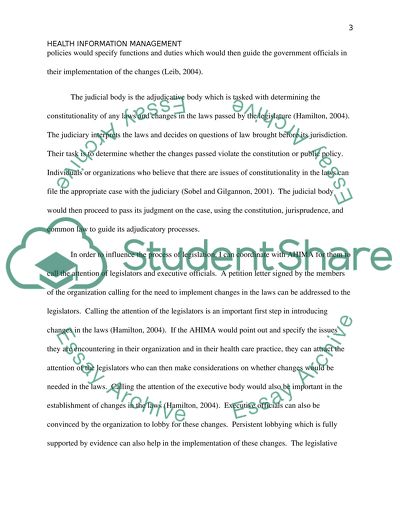Cite this document
(“Health Information Management (HIM) Legal Aspects Case Study”, n.d.)
Health Information Management (HIM) Legal Aspects Case Study. Retrieved from https://studentshare.org/health-sciences-medicine/1456652-health-information-management-him-legal-aspects
Health Information Management (HIM) Legal Aspects Case Study. Retrieved from https://studentshare.org/health-sciences-medicine/1456652-health-information-management-him-legal-aspects
(Health Information Management (HIM) Legal Aspects Case Study)
Health Information Management (HIM) Legal Aspects Case Study. https://studentshare.org/health-sciences-medicine/1456652-health-information-management-him-legal-aspects.
Health Information Management (HIM) Legal Aspects Case Study. https://studentshare.org/health-sciences-medicine/1456652-health-information-management-him-legal-aspects.
“Health Information Management (HIM) Legal Aspects Case Study”, n.d. https://studentshare.org/health-sciences-medicine/1456652-health-information-management-him-legal-aspects.


